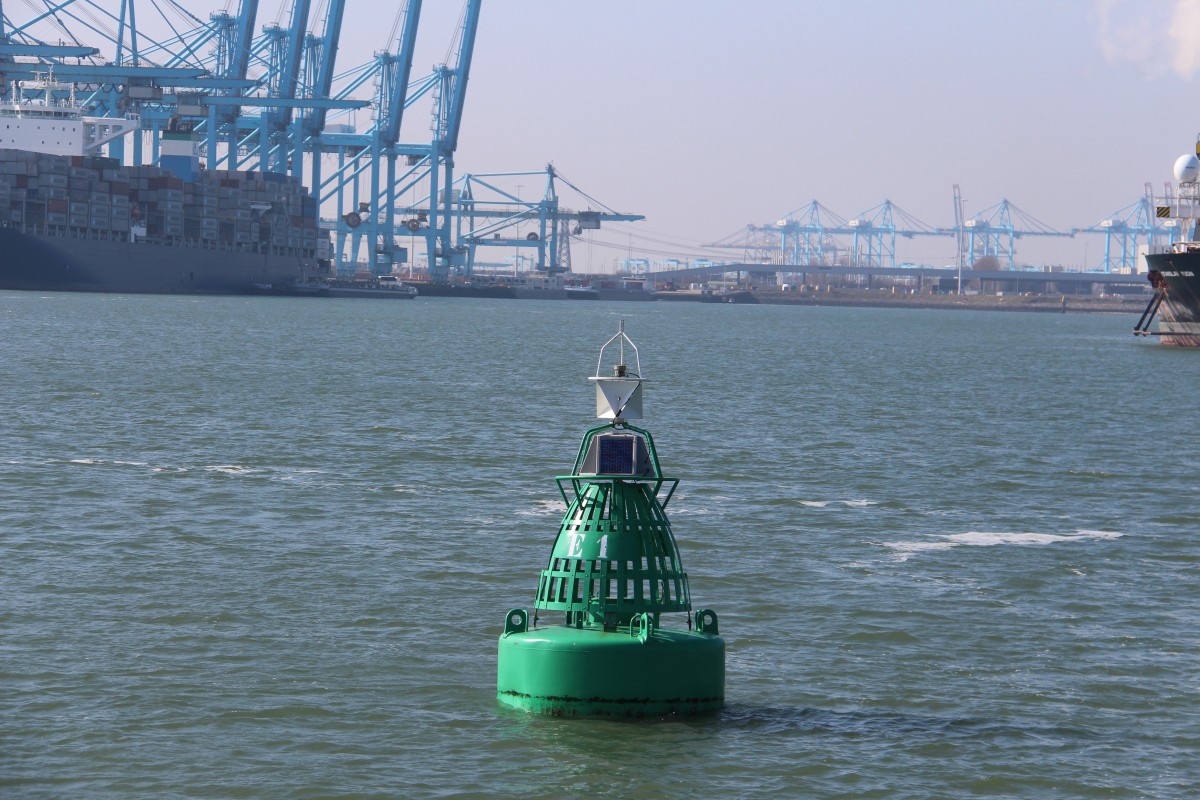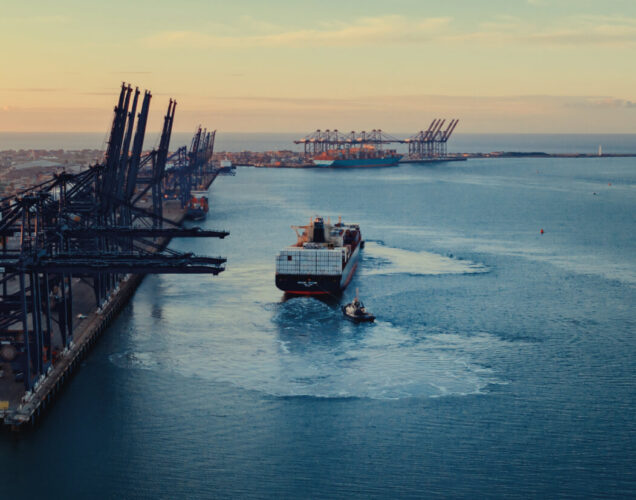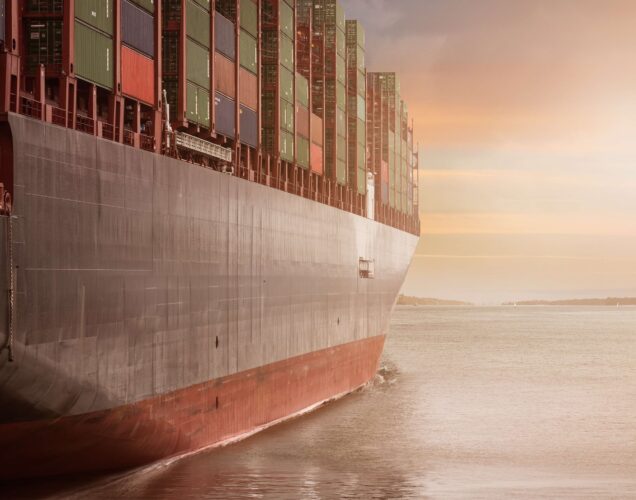There has been considerable scrutiny on the global ocean freight industry in the past couple of years, with a degree of turmoil in the marketplace in 2016 affected not least by the fall of South Korean logistics giant Hanjin Shipping, which before its financial collapse was one of the world’s top ten container carriers. However, the good news is that ocean freight returned to a period of stability in 2017, and all the signs are pointing to 2018 as a year of strong performance for the industry.
Looking back to 2016, spot market rates spiked to new highs in the post-Chinese New Year period from February to April, before declining dramatically in May then continuing with an unpredictable zigzag of pricing peaks and troughs through the remainder of the year. By contrast, 2017’s post-Chinese New Year price spike – which coincided with Hanjin Shipping being formally declared bankrupt in February – was followed by a general downward trend in rates throughout the year, although without the dramatic highs and lows seen in 2016.
In terms of actual rates, from February to December 2017 the rate per 40-foot-equivalent unit (FEU) on the China to West Coast shipping lane dropped from a high of $2,100 to $962. Over the same period, rates per FEU on the China to East Coast lane fell from $3,549 to $1,669. Overall, 2017 saw a more buoyant market in comparison to the previous year. While capacity excess issues continue to play a part in the market, carriers are increasingly taking measures to address the problem; according to a separate industry report, capacity utilisation rebounded to 95% in October 2017.
A number of steamship lines that saw financial troubles throughout 2016 also started to see more positive business results in 2017. Examples include Taiwanese giant Evergreen Marine Corp., which saw combined losses of $343 million across 2015 and 2016, but is expected to return over $242 million in profits for 2017. Japan’s Mitsui O.S.K. Lines is expected to show 2017 profits of $5 million, in contrast to its total $1.4 billion loss in 2016. For context: the year saw Mitsui O.S.K. Lines record its first profitable quarter following 25 consecutive negative quarters.
According to a recent Ocean Freight Market Update, the total global containership fleet is expected to grow by 5.6% in 2018 after taking into account projected vessel deliveries, deferrals and scrapping, reaching a total capacity of 22.28 million TEU (20-foot-equivalent units) by the end of the year. This represents an accelerating growth against 1.8% growth in 2016, and 3.7% in 2017. More than half of the new capacity in 2018 is expected to be made up of ultra-large container ships with an individual capacity between 14,000 and 21,000 TEU.
On a final note regarding capacity utilisation: as of January 2018 the total number of container ships of capacity over 500 TEU standing idle has fallen to just 99 – this represents a considerable drop from the same time last year when some 351 ships were unemployed.
Overall, 2017 was a much more stable year for the ocean freight industry than many might have expected looking forward from the tumultuous year before. The industry has entered 2018 in a strong position, and here at Hemisphere we firmly expect the remainder of the year to continue to build on this strong base.







